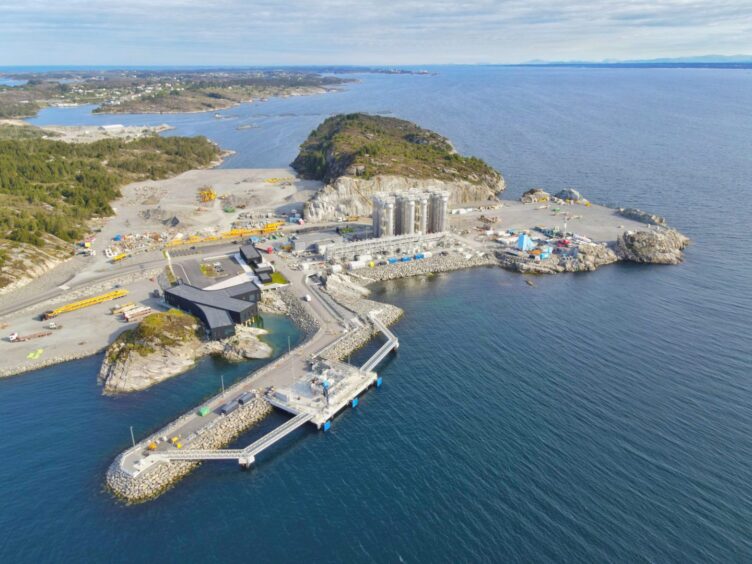
North Sea leaders gathering in Norway for the 50th anniversary of ONS will be tasked to imagine what the sector can achieve, and what the future holds.
Many UK attendees might be trying to imagine how the oil and gas sector will cope with planned changes to the windfall tax by the new government.
Norwegians meanwhile, comfortable in a far more stable fiscal regime, might focus their imagination on the energy transition, particularly within carbon capture.
Led by state-owned giant Equinor, Norway is forging ahead as a global leader in carbon capture and storage (CCS).
Norway carbon capture and storage
Oslo has secured a range of cross-border deals with EU neighbours like Germany on CO2 transport, and Equinor is on track to receive the first CO2 shipments at its Northern Lights CCS project later this year.
Norway is in an enviable position, and the situation is less rosy across the North Sea.
Observers have derided the UK CCS strategy as “outdated and unrealistic” and said it risks “wasting a naturally advantageous position”.
Rising costs are leading to concerns projects could face delays despite £20 billion in funding being committed.
The policy situation is so dire that earlier this year a Scottish company made what it called a “ludicrous” decision to store carbon emissions in Denmark rather than the UK.
But with Norway enjoying strong progress on its CCS ambitions, Equinor is turning its attention to the next piece of the CO2 puzzle: carbon capture and utilisation (CCU).
Equinor and carbon ‘recycling’
CCU refers to the process of using captured CO2 either directly or indirectly in various products.
The oil and gas sector has long used captured CO2 for enhanced fossil fuel recovery, as has the fertiliser industry.
According to the International Energy Agency (IEA), around 230 million tonnes (Mt) of CO2 is currently used each year, primarily for fertiliser and enhanced oil extraction.
However, emerging applications, including synthetic fuels, chemicals and building materials, are gaining momentum and attracting increased investment.
Under current projections, the IEA estimates around 15 Mt CO2 per year could be captured for these new uses by 2030, including 8 Mt for synthetic fuels including e-methanol.
E-methanol, or green methanol, generally refers to methanol produced using CO2 and green hydrogen.
The sector is forecast to rapidly grow from around 0.5 Mt production to around 5.5 Mt by 2027.
These lower carbon fuels hold promise for decarbonising the world’s transport sector, particularly in marine shipping.
By 2050, the world will potentially need to produce more than 540 Mt potentially needed by 2050 just to meet forecast shipping demand.
Increasing demand for greener fuels, including CO2 derived fuels, will soon be driven by regulation.
The EU recently introduced regulations on sustainable aviation and maritime fuels and extended its emissions trading system to cover shipping in 2024.
Continued policy support could see sustainable shipping fuels reach cost parity with fossil fuels as early as 2035, according to a report by Finnish firm Wärtsilä.
Meanwhile, the US Inflation Reduction Act is also driving investment in sustainable fuels, amid similar efforts in Japan, the UK and Australia.
Carbon Recycling International
It’s in green methanol that Equinor sees an opportunity.
In September, Equinor signed a deal with Danish shipping giant Maersk to supply green methanol produced from manure biogas.
The firm is also eyeing a CCU-enabled cleaner future for its Tjeldbergodden plant, combining captured CO2 with green hydrogen to produce e-methanol.
Another signal of Equinor’s intent came last year when it invested $30 million (£23m) for a stake in Icelandic firm Carbon Recycling International (CRI).
CRI is a pioneer in what it calls emissions-to-liquids (ETL) technology, taking advantage of Iceland’s abundant hydropower and geothermal energy resources to produce e-methanol from captured CO2 and green hydrogen.
Launched in 2006, CRI completed construction on its George Olah Renewable Methanol Plant near Iceland’s Svartsengi geothermal power station in 2012.
The project was the first industrial scale production facility ever built to utilise carbon dioxide waste gas as a resource for e-methanol.
Inspired by Iceland’s many volcanoes, CRI branded the green fuel as ‘Vulcanol’ and ramped up production to 4,000 tonnes per year.
Equinor said its investment will “fuel CRI’s growth and capacity to roll out its proven and scaled” technology.
CRI chief operating and financial officer Björk Kristjánsdóttir said the Equinor investment was an “incredible validation” of its technology and market potential.
“As the company faces many opportunities in the international market the funding allows us to grow at the pace the market demand calls for,” Kristjánsdóttir said.
CRI expanding in China
Other investors in CRI include Canada’s Methanex, the world’s largest producer and supplier of methanol, and Chinese automaker Geely.
The investor backing allowed CRI to explore expansion into the Chinese e-methanol market, with the Icelandic firm’s technology now in use across two production plants.
Altogether, the Shunli and Sailboat plants in China are now producing over 200,000 tonnes of methanol annually.
Alongside replacing diesel fuel in Geely trucks and for polymer and plastic production, the low-carbon methanol was used to light the flame for the Asian Games in Hangzhou.
Speaking to Energy Voice, CRI marketing and communications director Ómar Sigurbjörnsson said over their lifetime, the projects are expected to save around 8 Mt in CO2 emissions per year.
Outside China, CRI is also working on an ETL project at a ferrosilicon plant in northern Norway and exploring further possibilities in India and the United States.
While CRI sees applications for its technology in areas like chemicals, plastics, and for storing excess wind energy capacity, Sigurbjörnsson said the greatest demand for e-methanol lies in marine and aviation fuels.
He said thanks to EU regulations and lower technological barriers, e-methanol in shipping has “really taken off” in the last few years, although the sector is still in a “transitional phase”.
“There is going to be a crossover point where it becomes more and more economical for more sectors,” Sigurbjörnsson said.
“But there are sufficient drivers there already for the marine sector, they are willing to sign long term offtake agreements which is necessary for these projects to get funded.”
UK carbon recycling opportunities
Sigurbjörnsson said CRI is also actively exploring multiple opportunities in the UK, but could not disclose any details due to confidentiality agreements.
With the UK government exploring options for SAF production at Grangemouth and abundant potential wind energy, he said Scotland ticks many boxes.
The UK is also developing four initial CCUS clusters in Scotland and northern England, with Equinor involved in the East Coast Cluster, Net Zero Teesside Power and the Northern Endurance Partnership.
Factors like energy costs, government support, potential offtakers and harbour access would all be key factors for any UK project involving CRI technology, Sigurbjörnsson said.
“Energy security is also more of a concern now,” he added.
“Do you want to be fully reliant on imports of energy? Or do you want to have local ports where you can reliably get the fuel to run your industries?”
While not a solution to all the problems stemming from carbon emissions, Sigurbjörnsson likened the need for carbon recycling to household waste.
“We need to reduce [emissions], we need to replace the sources that are generating it, but whatever is left, we need to recycle what we use and then dispose of it,” he said.
Global carbon recycling investment
In addition to CRI in Iceland, Equinor is investing in other carbon capture innovation firms including Captura, RepAir and Carbon Clean alongside the PyroCO2 project at its Northern Lights CCS.
Equinor is also a key backer of the world’s largest CCS research facility in Norway alongside Shell, TotalEnergies and Gassnova,
Other energy firms making similar investments include Chevron (Blue Planet Systems, Carbon Engineering), Eni (Cool Planet Technologies, Oxccu), Adnoc (Storegga, LanzaTech, 44.01), EDF (Carbon8) and BP (WasteFuel).
But despite the surging interest in carbon capture technology, the fossil fuels sector still invests far more in oil and gas production.
As a result, CCUS investments from oil and gas giants are often seen as ‘greenwashing‘, with calls for windfall taxes on their profits to fund climate action instead.
Back in Norway though, the early success of Equinor in getting its Northern Lights projects up and running means ONS attendees may not find it too difficult to imagine a future where these CCUS technology investments eventually bear fruit.

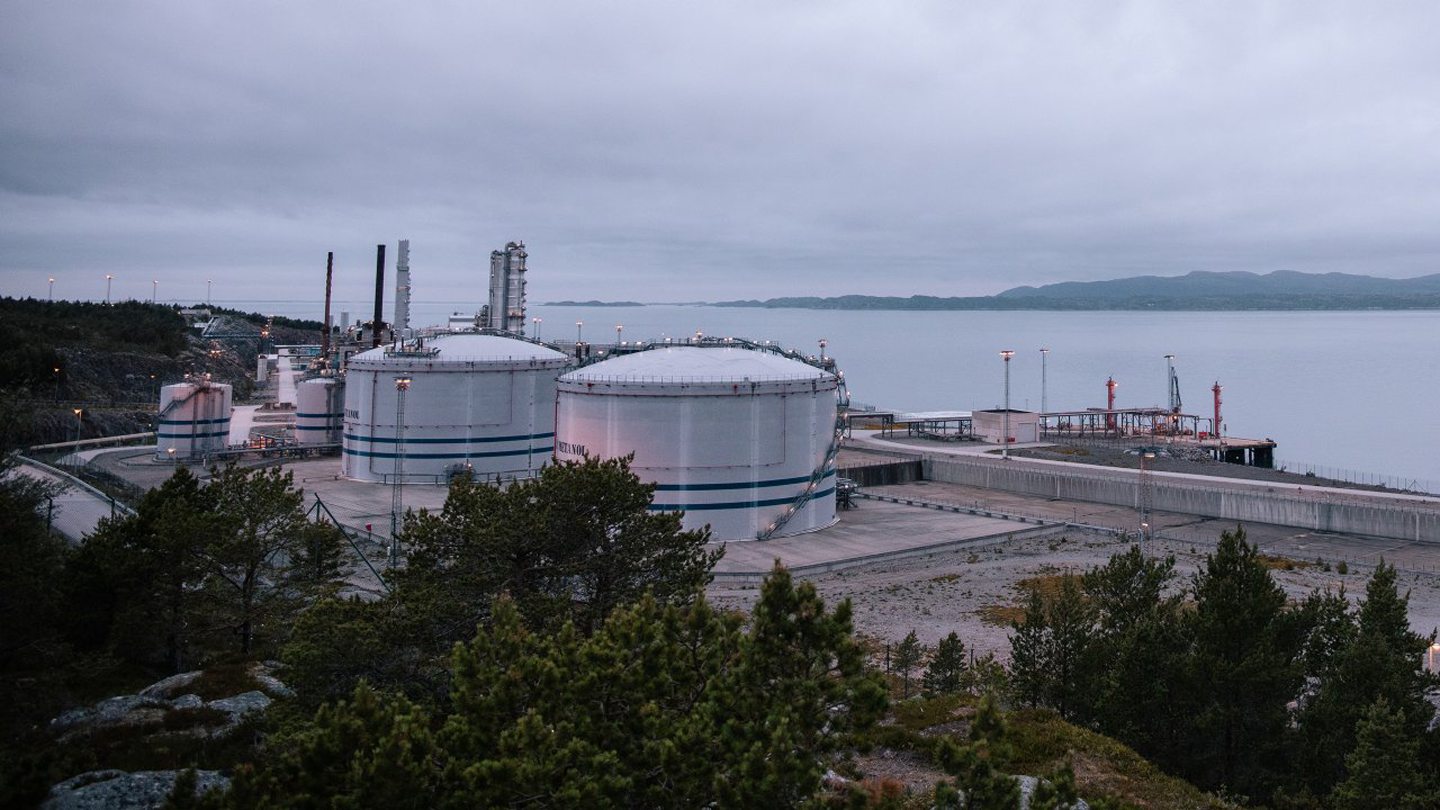 © Supplied by Equinor
© Supplied by Equinor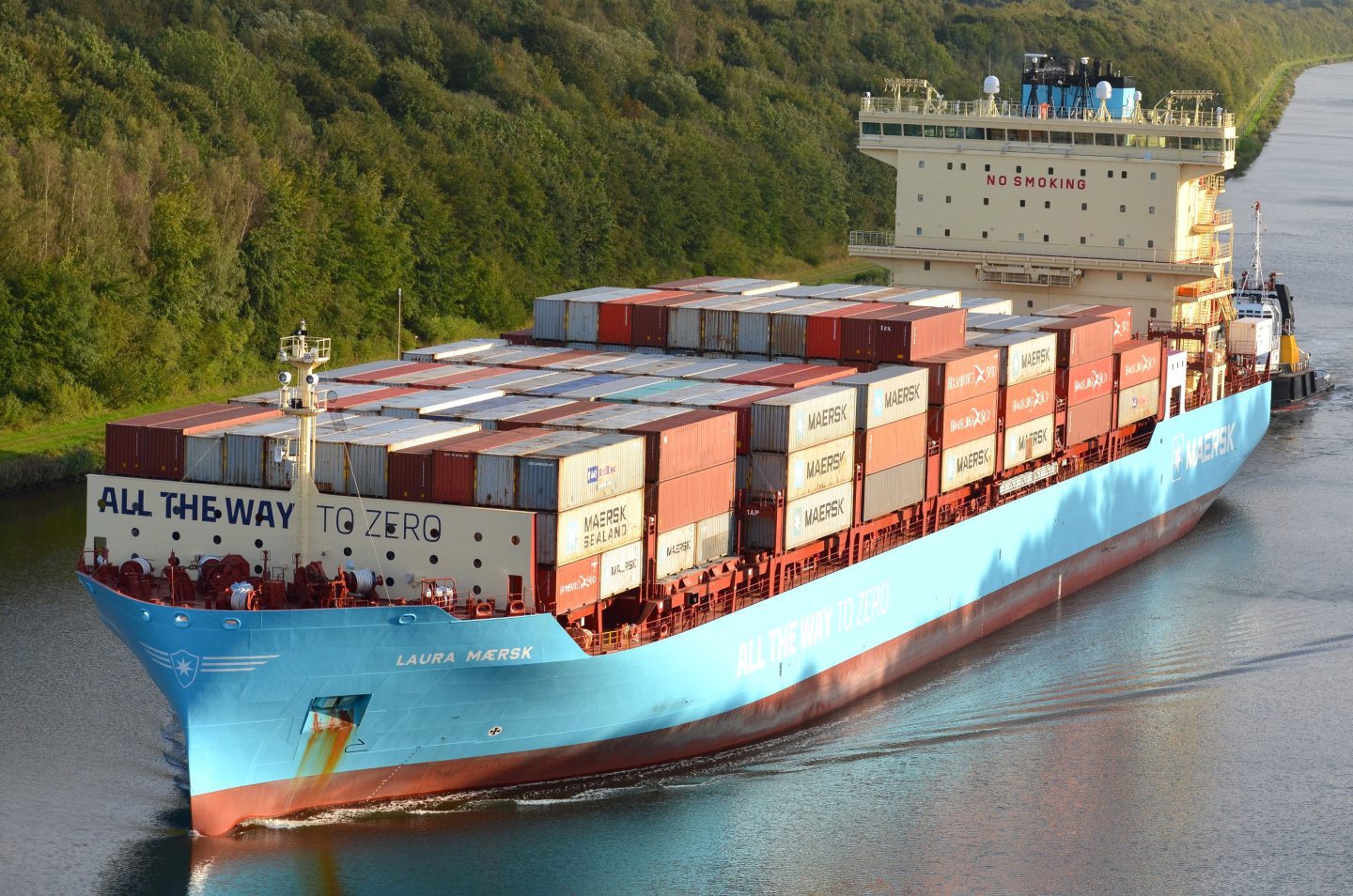 © Image: Wikimedia Commons
© Image: Wikimedia Commons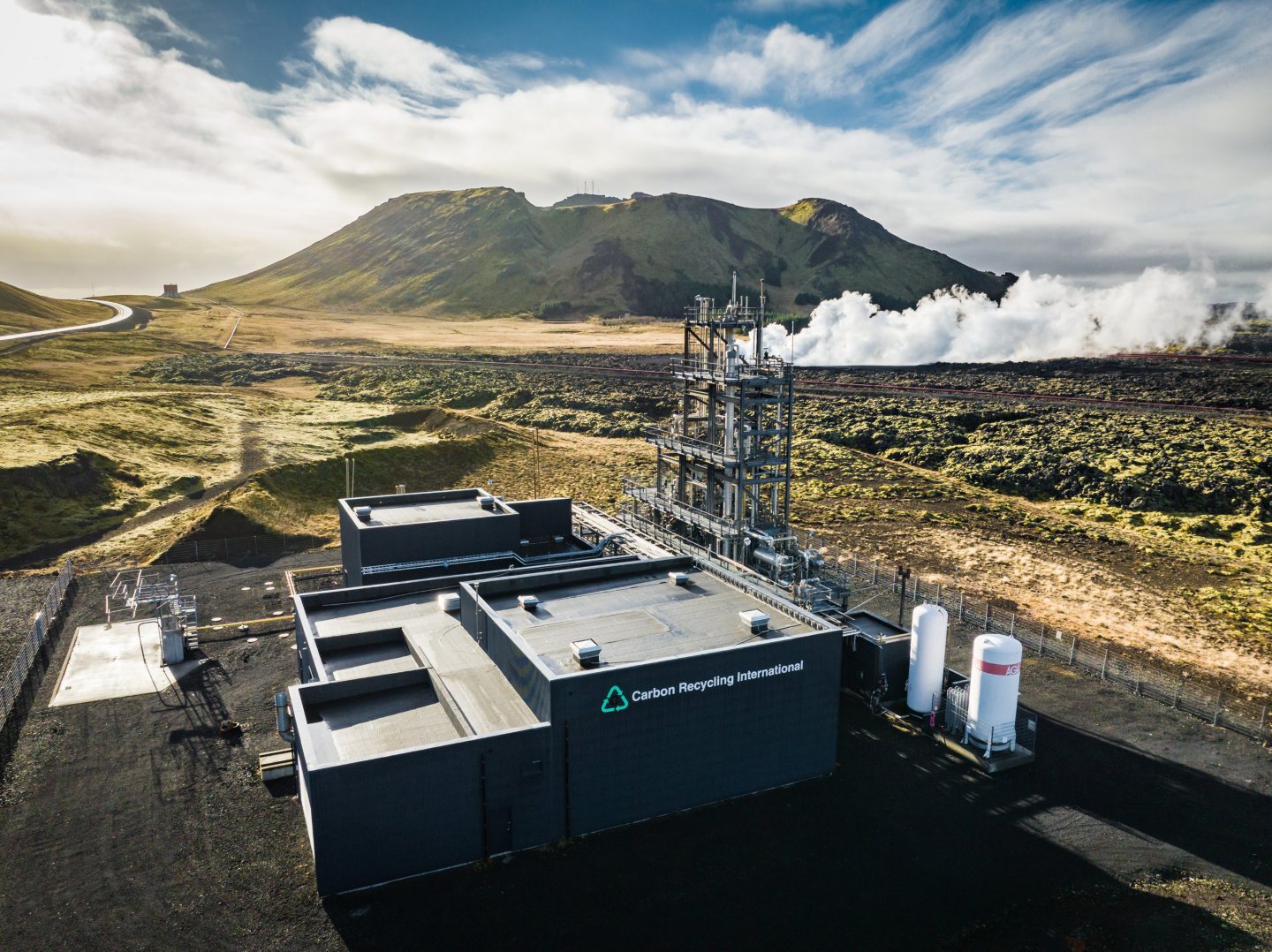 © Supplied by Carbon Recycling Int
© Supplied by Carbon Recycling Int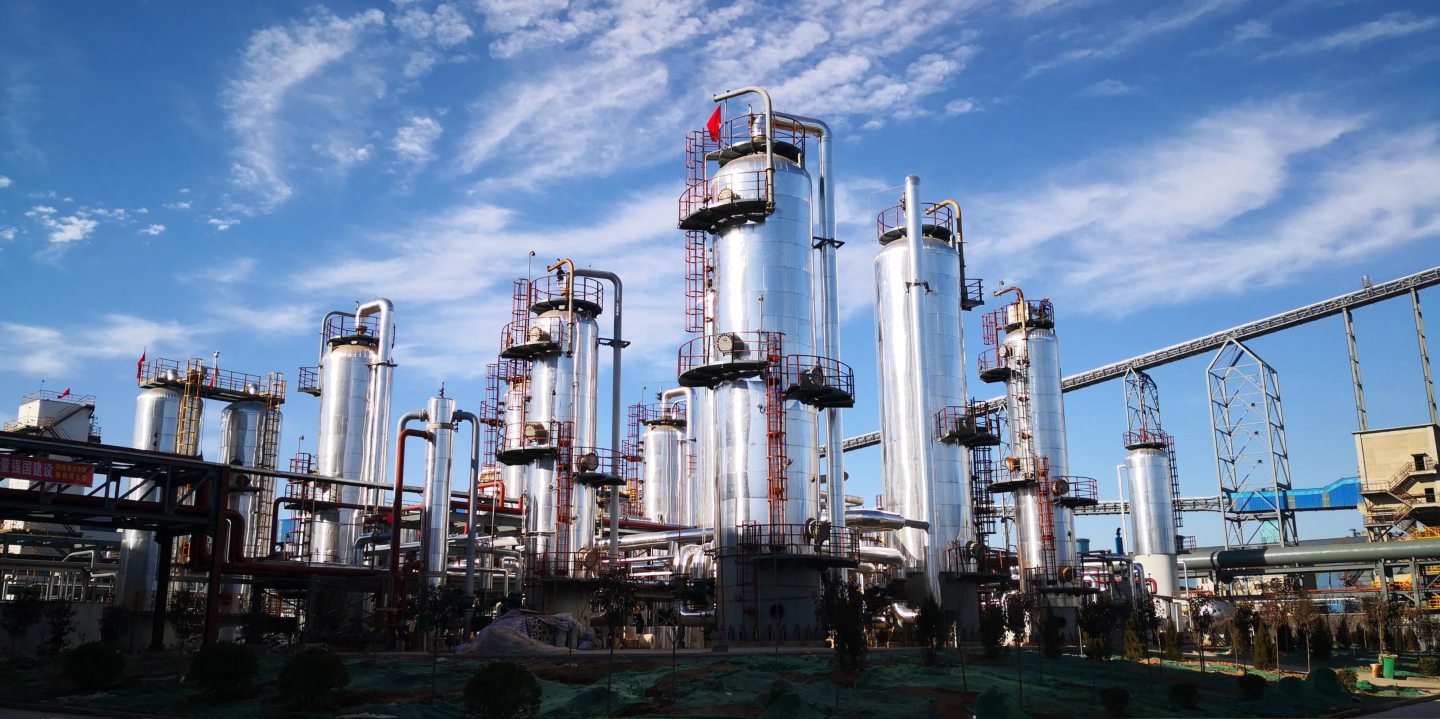 © Supplied by Carbon Recycling Int
© Supplied by Carbon Recycling Int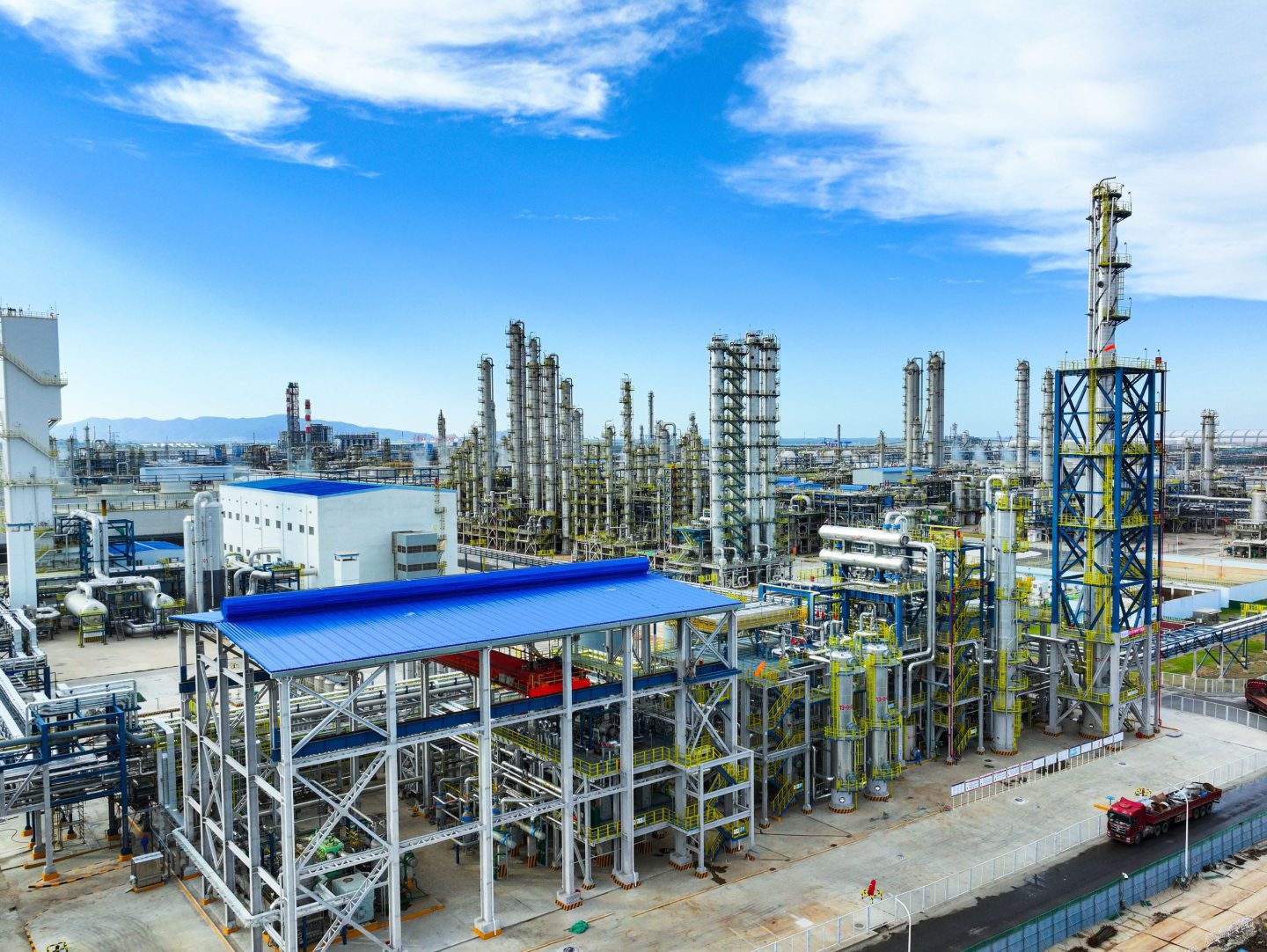 © Supplied by The Carbon Recycling
© Supplied by The Carbon Recycling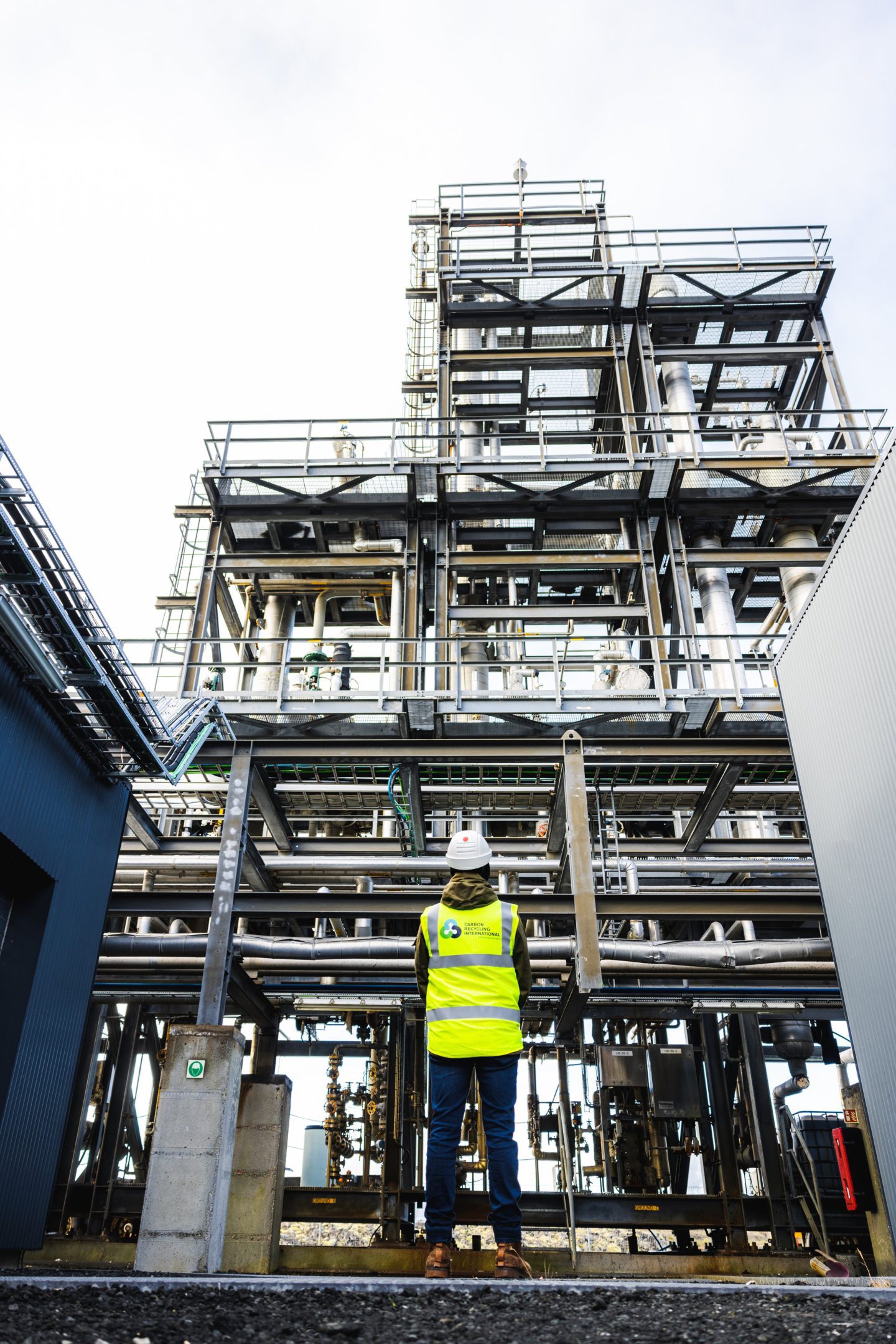 © Supplied by Carbon Recycling Int
© Supplied by Carbon Recycling Int